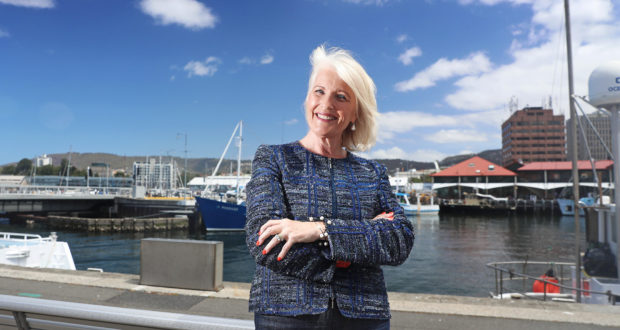Former director of the Workplace Equality Agency, Libby Lyons, is set to take the reins as chair of the Aged Care Workforce Council (ACWIC).
Her role will involve delivering a number of major workplace reforms across the sector.
In the midst of an escalating pandemic and the rolling out of a once-in-a-generation budget reform package, the former school teacher says her number one priority lies with supporting an "undervalued" workforce.
“We need a council to support the sector over the next decade as we are going to need a robust and trained workforce that delivers the services that are fit for purpose for a growing, ageing population,” Lyons told Aged Care Insite.
By 2050, an estimated 3.5 million Australians will require access to aged care services.
The number of direct care workers will need to triple in order to meet the needs of the growing ageing population, according to Lyons.
“This is something that is going to touch everybody in the next thirty years,” she warned.
Women comprise around 90 per cent of the Australian aged care workforce in residential facilities and in home care settings.
A longtime advocate for workplace gender equality, Lyons says she aims to help bridge this gap through initiating discussions with key industry leaders.
“We need to address the issue of getting more men into the industry. We have to develop the industry so it becomes more sustainable and seen as being a career type role,” she said.
“We do this through facilitating conversations through the unions, the Commonwealth government and the aged care providers.”
Established in 2019, the ACWIC was formed to implement Australia’s Aged Care Workforce Strategy, A Matter of Care.
Lyons said that during her tenure as Chair, she most looks forward to driving systemic, transformational changes in the industry.
“Ultimately, the aims are to set out a blueprint for governments and sector leaders on how we envisage the development of the workforce in the future to look like.”
Do you have an idea for a story?Email [email protected]
 Aged Care Insite Australia's number one aged care news source
Aged Care Insite Australia's number one aged care news source

